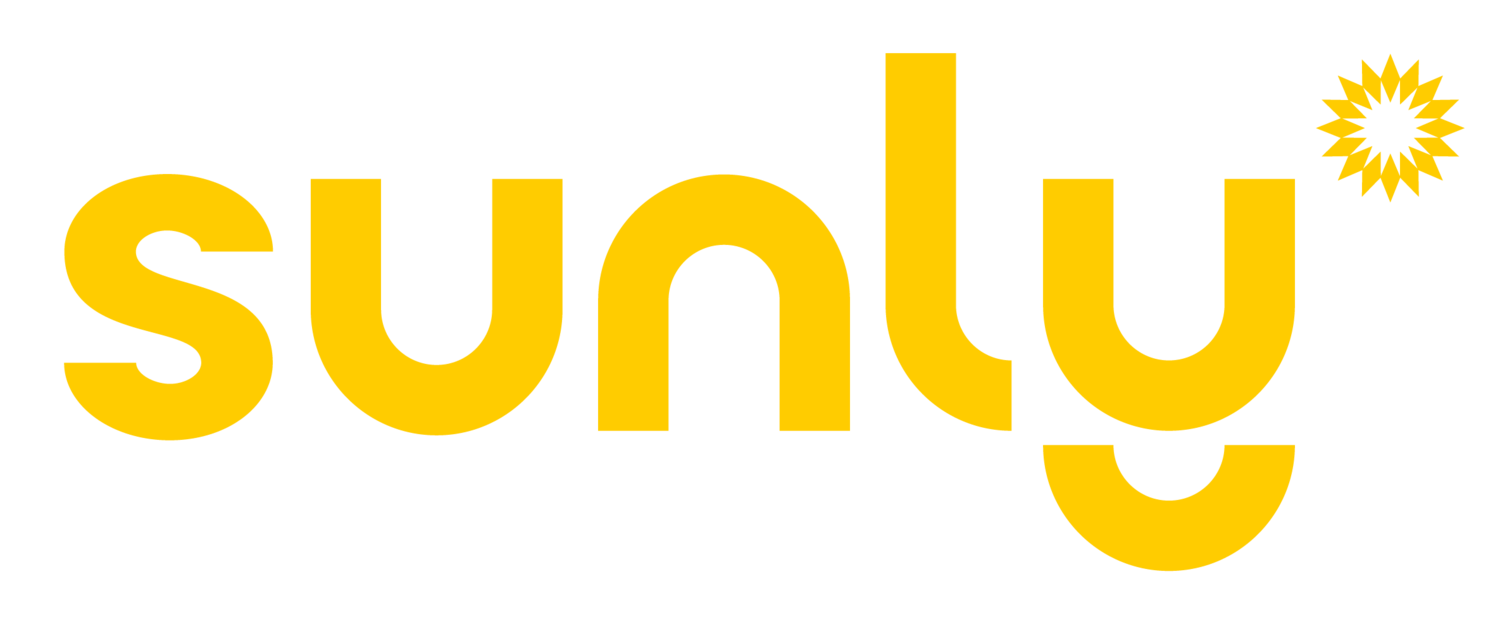Solar Self Consumption Explainer
If you are consuming power while your panels are active and generating solar energy, that power will first supply the electrical demands of your house before it reaches the meter (outflow) to be counted towards potential solar credits.
As an example, if you are running a laundry machine on a sunny day, your solar power will first be used to run that appliance and only the remainder of the leftover energy will be sent to the meter (outflow) and counted as usage (kWh) that you will be charged for by your utility company.
If the solar system is not generating enough electricity to meet the energy demands of the house, during any period, that shortfall will be made up through the import of power directly from the utility company at your standard rate ($) per kWh and recorded as usage (inflow).
If the system generates more power than the home is using, during any period, that power will be sent to the meter (outflow), and you will generate solar credits for each kWh.
Now, let’s talk numbers…
Your Power Bill [Example]
Usage (1500kWh between Sept 15 and Oct 15)
Credits (800kWh)
History (2800kWh a year ago)
Power Rate ($0.1492/kWh)
Your Solar Monitoring Portal [Example]
Generation for the billing period. (2000kWh between Sept 15 and Oct 15)
·Your Proposal [Example]
1900 kWh – found on “Expected Production” graph on Page 5 of your solar proposal.
Proposed Offset (%) also found on Page 5 of your solar proposal.
Self Consumption = Generation - Credits
2000kWh - 800kWh = 1200kWh
Total Usage = Usage + Self Consumption
1500kWh + 1200kWh = 2700kWh
Total Usage - Historical Usage
2700kWh - 2800kWh = -100kWh
Total Savings = Credit x Power Rate + Self Consumption x Power Rate x HST
800kWh x $0.1492/kWh + 1200kWh x $0.1492/kWh x 1.15
If the numbers are not adding up for you, feel free to reach out to us at clientcare@sunly.ca with the numbers and we're happy to take a look!

